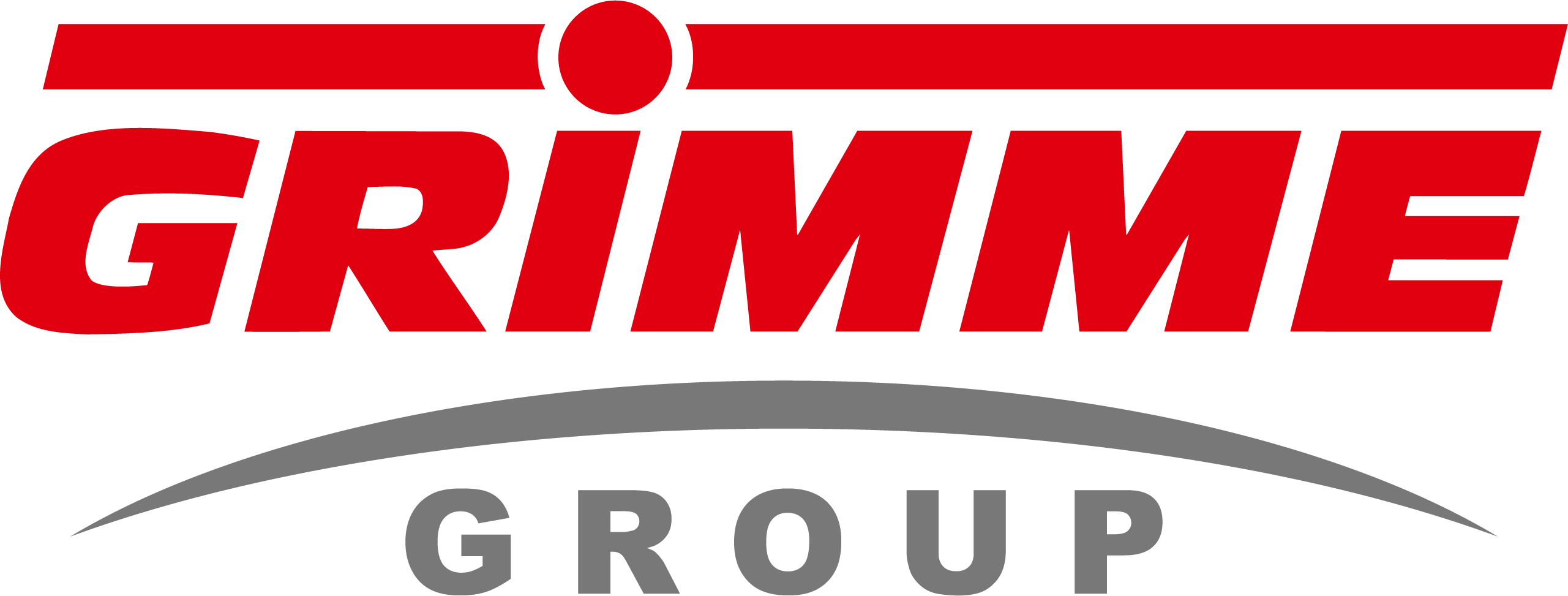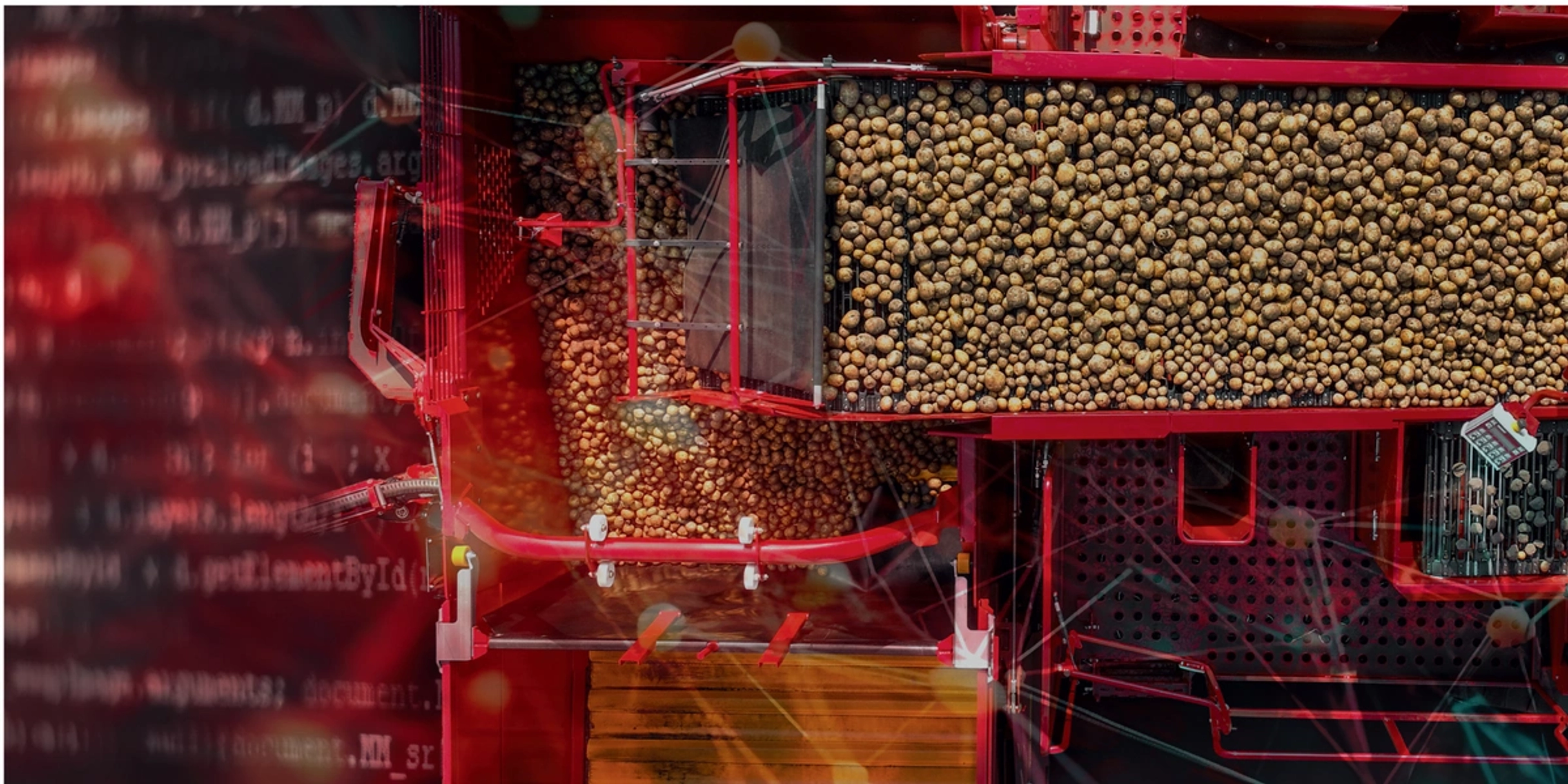Step 01: Multi-wavelength laser profiling
The objects on the conveyor belt are detected using lasers, with the scattered laser line being recorded in a camera image. The scattering varies depending on the type of object: for example, it differs between potatoes containing water and stones or soil, which enables precise identification.

